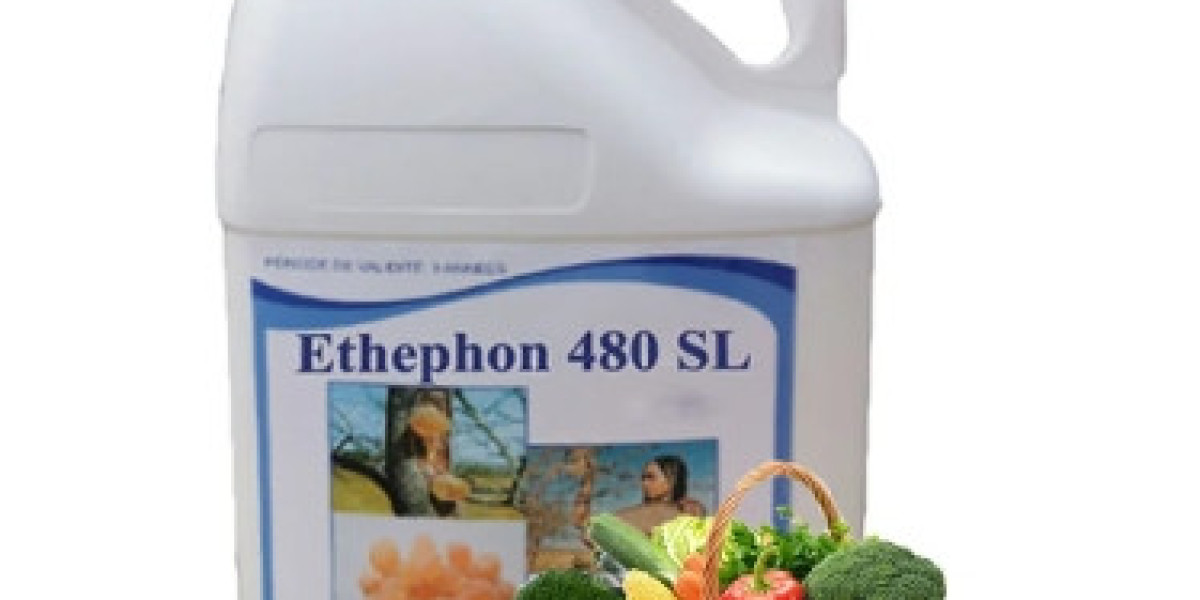Oral Acute oral LD50 for rats 3030 mg/kg (tech.).
Skin and eye Acute percutaneous LD50 for rabbits 1560 mg/kg (tech.). Irritating to skin and eyes.
Inhalation LC50 (4 h) for rats 4.52 mg/l (tech.).
NOEL (2 y) for rats 3000 ppm diet.
ADI (JMPR) 0.05 mg/kg b.w. [1997].
Toxicity class WHO (a.i.) U
Mode of action Plant growth regulator with systemic properties. Penetrates into the plant tissues, and is decomposed to ethylene, which affects the growth processes. Uses To promote pre-harvest ripening in apples, currants, blackberries, blueberries, cranberries, morello cherries, citrus fruit, figs, tomatoes, sugar beet and fodder beet seed crops, coffee, capsicums, etc.; to accelerate post-harvest ripening in bananas, mangoes, and citrus fruit; to facilitate harvesting by loosening of the fruit in currants, gooseberries, cherries, and apples; to increase flower bud development in young apple trees; to prevent lodging in cereals, maize, and flax; to induce flowering of Bromeliads; to stimulate lateral branching in azaleas, geraniums, and roses; to shorten the stem length in forced daffodils; to induce flowering and regulate ripening in pineapples; to accelerate boll opening in cotton; to modify sex expression in cucumbers and squash; to increase fruit setting and yield in cucumbers; to improve the sturdiness of onion seed crops; to hasten the yellowing of mature tobacco leaves; to stimulate latex flow in rubber trees, and resin flow in pine trees; to stimulate early uniform hull split in walnuts; etc. Max. application rate per season 2.18 kg/ha for cotton, 0.72 kg/ha for cereals, 1.44 kg/ha for fruit.







